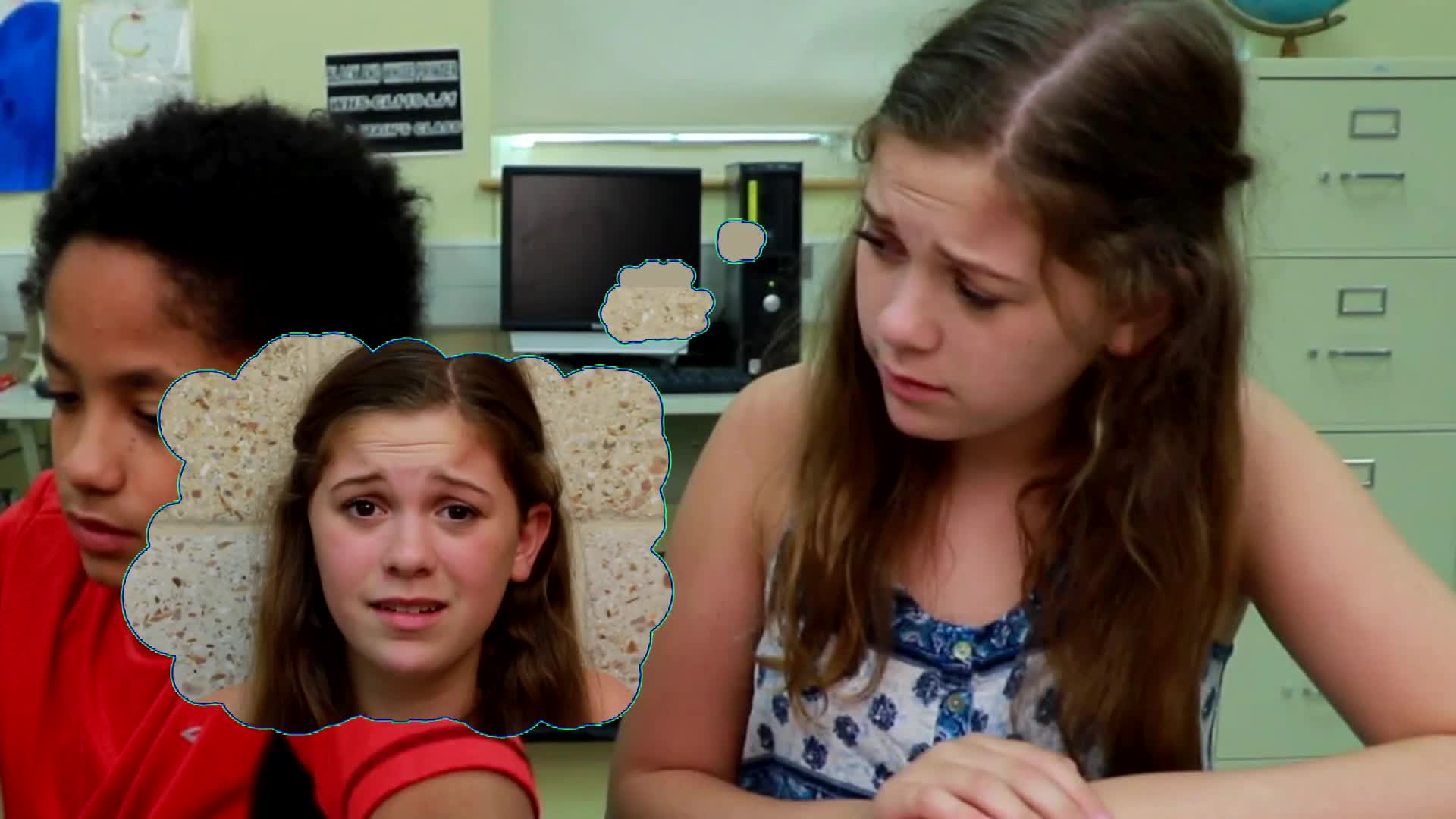
In this blog post, we will explore the importance of teaching students to accept help from others, especially when they are struggling with a task. Accepting help is a crucial social-emotional skill that can enhance students’ learning experiences and foster a positive classroom environment. By understanding the value of accepting help, students can develop resilience, collaboration skills, and a growth mindset.
No-Prep Activity: The Helping Hand Game
The Helping Hand Game is a simple, no-prep activity designed to teach students the importance of accepting help from others. It requires no additional materials and can be easily implemented in the classroom.
To begin, have students form a circle. Choose one student to be the “Helper” and another to be the “Seeker.” The Helper’s role is to assist the Seeker in completing a task, such as tying their shoelaces or solving a simple math problem. The Seeker must try to complete the task on their own at first but can ask for help from the Helper when needed. The other students in the circle can observe and provide encouragement.
After the Seeker successfully completes the task with the Helper’s assistance, have the students discuss the experience and how accepting help made a difference in the outcome. Rotate roles so that each student has the opportunity to be both the Helper and the Seeker.
Discussion Questions
- How did it feel to ask for help when you were the Seeker? How did it feel to offer help when you were the Helper?
- Why is it sometimes difficult to ask for or accept help from others?
- Can you think of a time when you needed help but didn’t ask for it? How did that situation turn out?
- How can accepting help from others benefit our learning and personal growth?
- What are some ways we can encourage others to ask for and accept help in the classroom?
Related Skills
Teaching students to accept help is just one aspect of developing strong social-emotional skills. Other related skills that educators can focus on include:
- Active listening: Encourage students to genuinely listen to others when they offer help or advice.
- Collaboration: Teach students to work together, share ideas, and solve problems as a team.
- Empathy: Help students develop the ability to understand and share the feelings of others.
- Resilience: Support students in overcoming challenges and setbacks by learning from their experiences and accepting help when needed.
- Growth mindset: Encourage students to believe that they can improve and learn from their mistakes with effort and support from others.
Next Steps
Now that you have an understanding of the importance of teaching students to accept help and a no-prep activity to implement in your classroom, consider exploring more social-emotional learning resources. To access free samples of skill-building materials, visit Everyday Speech’s sample materials and sign up today. By incorporating social-emotional learning into your teaching practice, you can help students develop essential life skills and create a positive learning environment.

